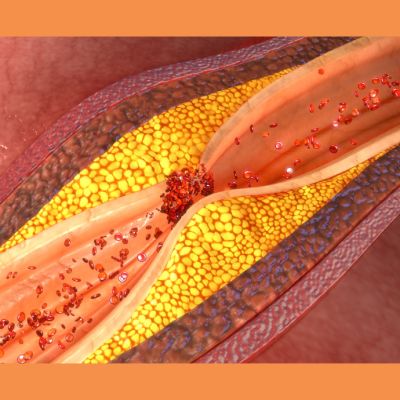Pulmonary oedema is a dangerous condition often seen in congestive heart failure patients and requires prompt treatment. Radiographic imaging, like chest X-rays, helps assess its severity, but this process is time-consuming and resource-intensive, especially in areas with limited access to experts. To address this, a two-stage framework using machine learning was developed. The first stage segments the lung area and adjusts the image for analysis. The second stage detects oedema-related features in the image, providing explainable results for clinical use. Unlike pure classification models, this approach emphasises relevant attributes, aiding in diagnosis and severity classification. A comparative study on detection networks was conducted to evaluate performance. This framework represents a step towards creating an automated clinical assistant for diagnosing and assessing pulmonary oedema severity.
Dataset Annotation and Deep Learning Methodology
Researchers utilised a dataset of chest x-rays (CXRs) from the Medical Information Mart for Intensive Care database (MiMiC), consisting of 1000 studies from 741 patients. A thoracic radiologist with over 10 years of experience manually annotated specific imaging features related to pulmonary edema in these CXRs, including cephalization, Kerley lines, pleural effusions, bat wings, and infiltrates. Annotations were made using polylines and binary masks. The process was conducted using the Supervisely platform. The proposed approach aims to identify, localise, and visualise radiological patterns to aid clinicians in decision-making. It begins by processing the CXR and predicting its lung mask using a segmentation neural network. The cropped CXR is then analysed using single-class detection networks, each designed to identify a specific edema feature. This allows for precise and interpretable grading of pulmonary edema, aiding clinicians in further analysis and evaluation.
Object Detection Networks for Pulmonary Edema Feature Localization
The study conducted a thorough assessment of several object detection networks using a dataset of chest x-rays (CXRs) to identify and localize features associated with pulmonary edema. The evaluation involved metrics such as precision, recall, F1 score, average precision (AP), mean average precision (mAP), and latency. Each network's performance was analyzed across different radiographic features, including cephalization, Kerley lines, pleural effusion, bat wings, and infiltrate. Noteworthy observations included SABL achieving the highest F1 score for bat wings, while ATSS exhibited standout performance for cephalization, infiltrates, and Kerley lines.
The latency, or processing speed, of each network was also examined, with Faster R-CNN demonstrating the shortest processing time, making it suitable for rapid analysis of a large number of images. Network complexity, defined by the number of parameters, varied among models, with FSAF being the most parameter-heavy. Feature-specific performance analysis revealed SABL as the top performer overall, particularly excelling in localising pleural effusions and infiltrates. TOOD showed robust detection capabilities for bat wings, contributing significantly to its overall mAP. Cascade RPN exhibited consistent performance across different features.
The study recommended an ensemble approach, combining networks that excel in detecting specific features. For instance, SABL was suggested for effusions and infiltrates, PAA for cephalization, and Cascade RPN for Kerley lines, ensuring a balanced and effective detection system. Visual assessments further illustrated the comparative predictions of different networks, showing high precision for bat wings but variability in effusion detection among networks. Overall, the study provided detailed insights into the performance of various object detection networks in localizing radiographic features associated with pulmonary edema.
Enhancing Efficiency and Interpretability in Pulmonary Edema Detection
The study delves into the emerging field of deep learning (DL) models with explainable components, focusing on their application in identifying features of pulmonary edema in chest x-rays (CXRs). It highlights a two-stage DL methodology aimed at enhancing efficiency and interpretability in feature localization. In the first stage, the methodology employs lung segmentation to reduce computational burden by selectively processing relevant areas of CXRs. This segmentation process facilitates more focused attention on specific features of interest, thus improving the efficiency of subsequent processing steps. Moving to the second stage, the methodology utilises object detection techniques to localise edema-related features within the segmented lung area. Various object detection networks were evaluated, each showing varying performance across different features. Notably, the SABL network demonstrated superior performance in detecting effusions, infiltrates, and bat wings, while the Cascade RPN network excelled in identifying Kerley lines.
The advantages of the proposed methodology lie in its interpretability, mirroring the approach of human experts, and its potential for automated severity grading of pulmonary edema. However, the study acknowledges certain limitations, including dataset imbalance and potential biases from relying on a single annotator. Future directions for research include expanding the scope to incorporate additional features of pulmonary edema, implementing an integrated approach for classification, enhancing workflow with a dedicated classification block, and integrating the solution into existing medical systems, such as the Picture Archiving and Communication System.
The study represents a significant step towards automated and explainable diagnosis of pulmonary edema, offering promising prospects for assisting radiologists in future diagnostic processes.
Source & Image Credit: Radiology Advances























